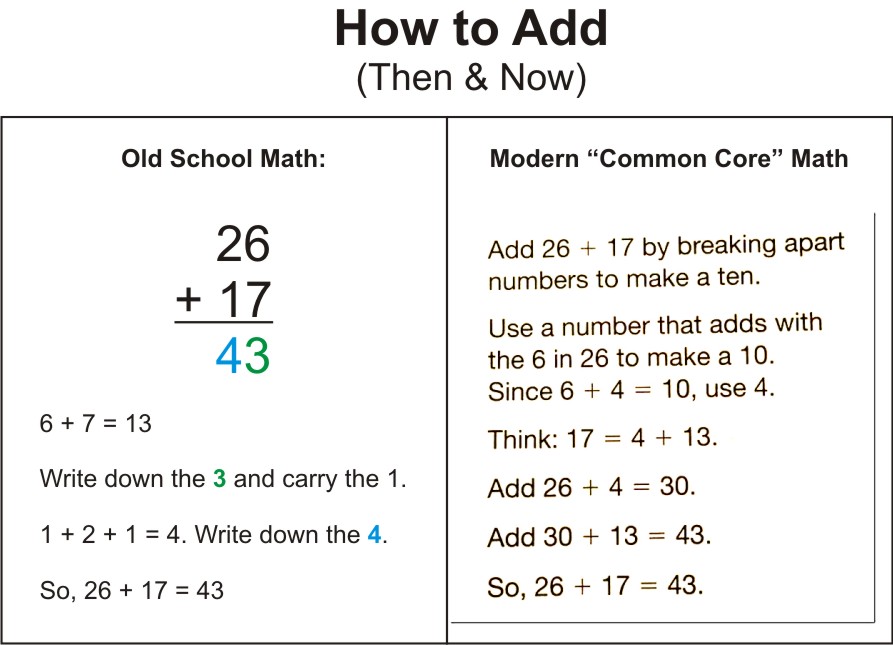Do you know that the ancients viewed mathematics as the pure pursuit of truth? I am so excited to host a class discussing how to use this unique and often challenging lens! Let's teach them to think! (...and they will probably have fun in the process :).)
"The
central task of education is to implant a will and facility for
learning; it should produce not learned but learning people.
The truly human society is a learning society, where grandparents, parents, and children are students together."
-- Eric Hoffer
Just a reminder, the vision of this lens is:
Gain Intelligence by applying what you learned in your own life or doing something with it!
-Create your own class based upon what you learned. Carry it out and come and share how it went.
-Create and share your own video that shares what you learned. Bring it to share!
-Create your own project as you feel prompted to do so.
“Where all think alike, no one thinks very much.”
-- Walter Lippmann (1889-1974)
The truly human society is a learning society, where grandparents, parents, and children are students together."
-- Eric Hoffer
“The best
teacher is not the one who knows most but the one who is most capable of
reducing knowledge to that simple compound of the obvious and
wonderful.”
-- H.L. Mencken
-- H.L. Mencken
Just a reminder, the vision of this lens is:
To see God’s hand in the world around us as we understand and apply the natural
laws of the earth and the patterns therein. We will develop the desire and
ability to exercise inductive (i.e. logic) and deductive (i.e. scientific
method) reasoning to find truth and to help others to find it. We will learn to
better understand the language of creation
Things that may be covered:
-Great Discoveries
-Nature Studies
-Influential scientists/mathematicians
-How things work
-Logical thinking games/activities
-Synergy of the mind
-Science Experiments
-Science/Math Classics
-Scriptures/Talks
Things that may be covered:
-Great Discoveries
-Nature Studies
-Influential scientists/mathematicians
-How things work
-Logical thinking games/activities
-Synergy of the mind
-Science Experiments
-Science/Math Classics
-Scriptures/Talks
To prepare for this class on June 28th:
Gain knowledge by reading all of the following (this should take about 30 minutes or less):
Gain knowledge by reading all of the following (this should take about 30 minutes or less):
-Our goal is to find truth using this lens. It is powerful. From the perspective of the Church of Jesus Christ of Latter-day Saints, we read in Doctrine and Covenants 84:45: "For the word of the Lord is truth, and whatsoever is truth is light, and whatsoever is light is Spirit, even the Spirit of Jesus Christ." Watch the three part series: "Patterns of Light" starting with the first on lds. org for examples of how to do this.
-Review Teach the Children pg 234-236 to see how Eureka fits in, and/or pages 144-146 in Norms and Nobility
-Review Teach the Children pg 234-236 to see how Eureka fits in, and/or pages 144-146 in Norms and Nobility
-Read the "Introduction" to "Beginner's Guide to Creating the Universe" by Michael Schneider
(scanned readings for Teach the Children, Norms and Nobility, and Universe)
(scanned readings for Teach the Children, Norms and Nobility, and Universe)
Create Understanding by doing one or more things to take your studies further where you feel inspired to take them. Come prepared to share what you found:
Ideas (or create one of your own!):
-read the short story "All Mimsy were the borrogoves" (not from Alice in Wonderland :)...) and think about what is has to do with the articles above
-do a word study on "truth": see how to do a word study here
-find the website from Michael Schneider (click here) and have fun exploring it by yourself or with your family or read another chapter in the Beginner's Guide.
-spend some time having fun with math (like here where you will find a fun little movie by Abbott and Costello about how 7x13=28 :).)
-Find and read other books about how to use math and science to find patterns in the world around you like "The Phantom Tollbooth," "Go Figure!" or "The Number Devil."
Ideas (or create one of your own!):
-read the short story "All Mimsy were the borrogoves" (not from Alice in Wonderland :)...) and think about what is has to do with the articles above
-do a word study on "truth": see how to do a word study here
-find the website from Michael Schneider (click here) and have fun exploring it by yourself or with your family or read another chapter in the Beginner's Guide.
-spend some time having fun with math (like here where you will find a fun little movie by Abbott and Costello about how 7x13=28 :).)
-Find and read other books about how to use math and science to find patterns in the world around you like "The Phantom Tollbooth," "Go Figure!" or "The Number Devil."
Gain Intelligence by applying what you learned in your own life or doing something with it!
-Create your own class based upon what you learned. Carry it out and come and share how it went.
-Create and share your own video that shares what you learned. Bring it to share!
-Create your own project as you feel prompted to do so.
“[The aim of public education is not] to fill the young of the species with knowledge and awaken their intelligence. . . .
Nothing could be further from the truth. The aim . . . is simply to reduce as many individuals as possible to the same safe level,
to breed and train a standardized citizenry, to put down dissent and originality. That is its aim in the United States…”
-- H. L. Mencken (1880-1956) in 1924

No comments:
Post a Comment